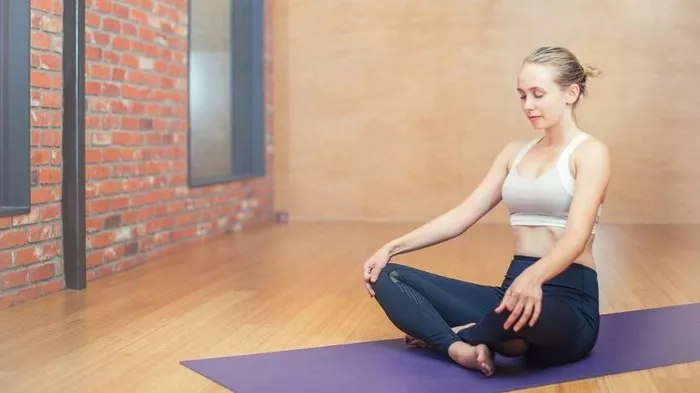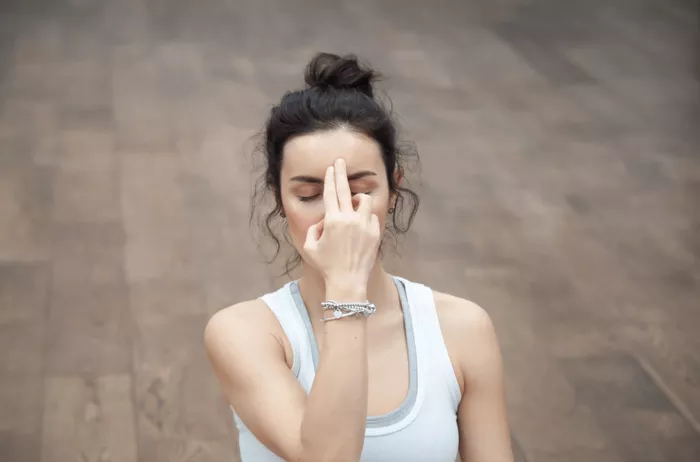Headaches and migraines are prevalent conditions affecting millions of people worldwide, often causing significant discomfort and disruption to daily life. While pharmacological interventions are commonly utilized for management, there is a growing interest in complementary and alternative therapies to alleviate symptoms and improve overall well-being. Among these modalities, pranayama—an ancient yogic practice of breath control—has gained attention for its potential effectiveness in managing headaches and migraines. In this article, we explore the principles of pranayama and its application in alleviating these debilitating conditions.
Understanding Headaches and Migraines
Before delving into pranayama techniques, it’s crucial to understand the nature of headaches and migraines. Headaches encompass a broad spectrum of pain experienced in the head or neck region, with causes ranging from tension and stress to underlying medical conditions. Migraines, on the other hand, are characterized by intense, throbbing headaches often accompanied by nausea, sensitivity to light and sound, and visual disturbances. While the exact mechanisms behind migraines remain incompletely understood, factors such as genetics, hormonal fluctuations, and environmental triggers are believed to play significant roles.
The Role of Pranayama in Headache and Migraine Management
Pranayama, derived from the Sanskrit words “prana” (life force) and “yama” (control), is a fundamental aspect of yoga practice. It involves various breathing techniques aimed at regulating the flow of prana throughout the body, promoting physical, mental, and emotional balance. While the primary goal of pranayama extends beyond alleviating specific ailments, its effects on stress reduction, relaxation, and enhancing overall well-being make it a promising adjunctive therapy for managing headaches and migraines.
Breath Awareness and Mindfulness
One of the foundational principles of pranayama is breath awareness, or “pranayama anuloma,” which involves conscious observation of the breath without attempting to control it initially. This practice cultivates mindfulness, allowing individuals to develop a heightened awareness of bodily sensations and mental states, including stress and tension that may contribute to headaches and migraines. By observing the breath without judgment, practitioners can gradually learn to influence their breathing patterns to promote relaxation and alleviate symptoms associated with these conditions.
Diaphragmatic Breathing (Dirga Pranayama)
Diaphragmatic breathing, also known as “dirga pranayama” or “three-part breath,” is a fundamental pranayama technique that emphasizes deep, rhythmic inhalation and exhalation through the nostrils while engaging the diaphragm fully. This technique encourages expansion of the lower, middle, and upper regions of the lungs, promoting optimal oxygenation and relaxation of the body and mind. For individuals experiencing headaches or migraines, diaphragmatic breathing can help alleviate muscle tension, improve circulation, and induce a state of calm, thereby reducing the intensity and frequency of symptoms.
Nadi Shodhana (Alternate Nostril Breathing)
Nadi shodhana, or alternate nostril breathing, is a balancing pranayama technique that involves alternating the flow of breath between the left and right nostrils using the fingers to gently close and open each nostril. This practice aims to harmonize the flow of prana through the body’s energy channels, or nadis, promoting equilibrium and clarity of mind. By synchronizing the breath and balancing the activity of the sympathetic and parasympathetic nervous systems, nadi shodhana can help alleviate stress, anxiety, and tension—a common trigger for headaches and migraines.
Sheetali and Sheetkari Pranayama (Cooling Breath)
Sheetali and sheetkari pranayama are cooling breath techniques that involve inhaling air through the mouth or teeth with the tongue extended or curled, respectively, followed by slow exhalation through the nostrils. These practices have a calming effect on the nervous system, reducing body heat, and promoting relaxation. For individuals prone to migraines triggered by heat or stress, incorporating sheetali or sheetkari pranayama into their daily routine can help alleviate symptoms and prevent exacerbations.
Bhramari Pranayama (Humming Bee Breath)
Bhramari pranayama, or humming bee breath, involves producing a steady humming sound during exhalation while closing off the ears with the fingers to enhance the vibratory effect. This soothing practice has a tranquilizing effect on the mind, relieving stress, anxiety, and mental agitation—common precursors to headaches and migraines. By promoting relaxation and redirecting attention inward, bhramari pranayama can serve as a valuable tool for managing symptoms and improving overall quality of life.
Guidelines for Practicing Pranayama
While pranayama offers numerous potential benefits for headache and migraine management, it’s essential to approach the practice mindfully and with awareness of individual limitations and contraindications. Consider the following guidelines when integrating pranayama into your routine:
1. Start Slowly: Begin with short sessions of 5-10 minutes and gradually increase the duration as your comfort and proficiency improve.
2. Listen to Your Body: Pay attention to any signs of discomfort or strain during pranayama practice and adjust your technique accordingly.
3. Consult a Qualified Instructor: If you’re new to pranayama or have specific health concerns, seek guidance from a certified yoga instructor experienced in teaching breathwork techniques.
4. Be Consistent: Incorporate pranayama into your daily routine to experience the full benefits over time. Consistency is key to developing proficiency and reaping the rewards of regular practice.
5. Combine with Other Strategies: Pranayama can complement other lifestyle modifications and therapeutic interventions for headache and migraine management, such as stress management techniques, dietary adjustments, and regular exercise.
Conclusion
Pranayama offers a holistic approach to managing headaches and migraines by addressing the underlying physiological and psychological factors contributing to these conditions. Through conscious breath control and mindful awareness, individuals can harness the power of prana to alleviate symptoms, reduce stress, and cultivate a greater sense of well-being. By integrating pranayama into their daily routine alongside other therapeutic strategies, individuals can empower themselves to take an active role in managing their health and enhancing their quality of life.

















